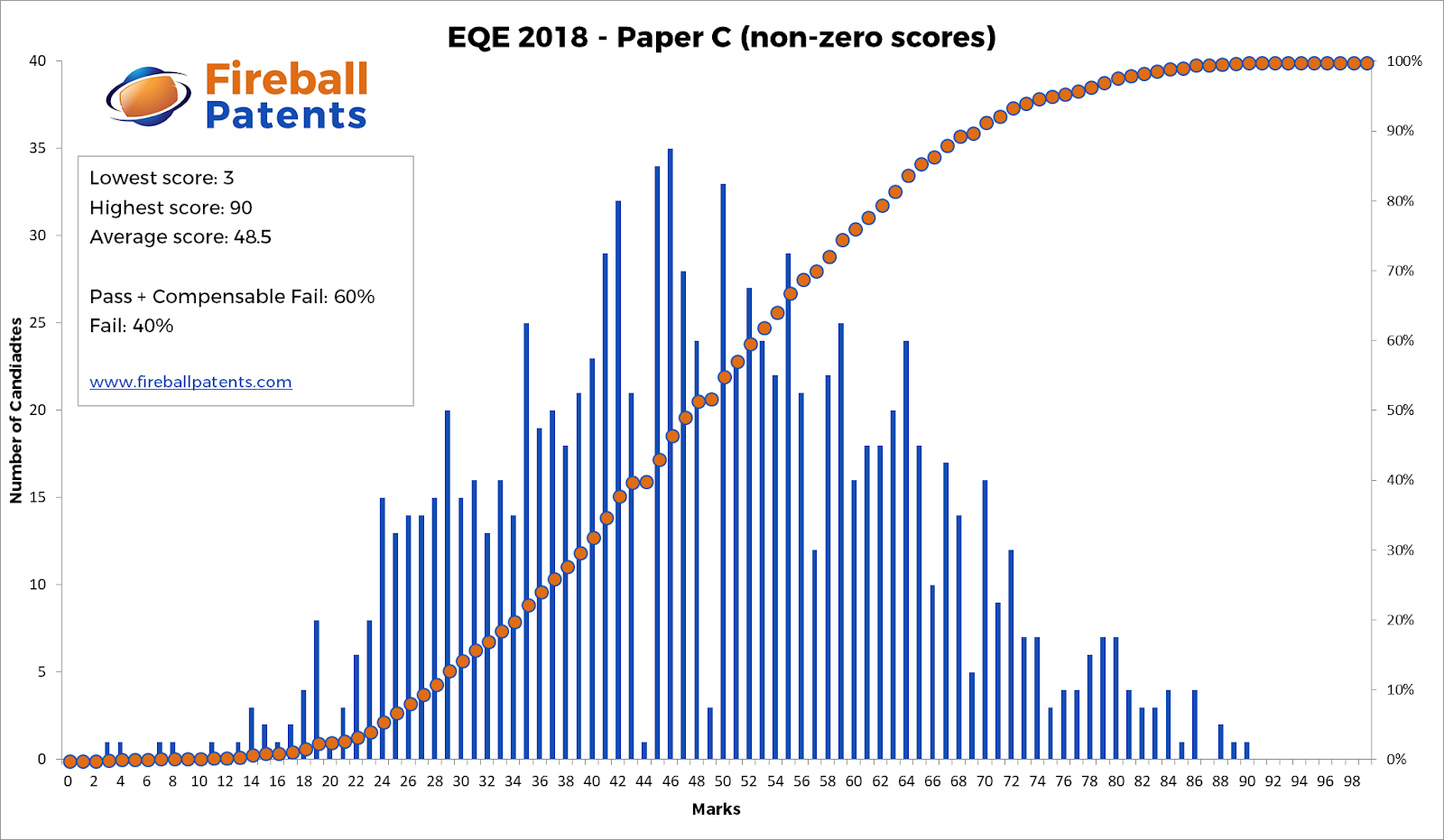The G Summary Eqe Tools Of The Trade

The meta description for blogspot.com is missing. Meta descriptions allow you to influence how your web pages are described and displayed in search results. A good description acts as a potential organic advertisement and encourages the viewer to click through to your site. Keep it short and to the point; should be between 70 and 160 characters spaces included (400 - 940 pixels). Ensure that each of your web pages have a unique meta description that is explicit and contains your for each page. These keywords are especially important because they appear in bold when they match the user’s search query (See the Google Preview below).
Tools of the Trade. This tool measures the mass of objects in grams. Used to pour stuff into a narrow container. Used for scooping and placing things in a test tube Quadruple Beam Balance This tool measures the mass of objects in grams. Funnel Used to pour stuff into a narrow container. Dec 26, 2017 - Headnotes to relevant G decisions (if not in your EPC reference book). Good legal reference books will have a summary of the important.
Check your Google Search Console (Search Appearance > HTML Improvements) for any warning messages to identify meta descriptions that are too long/short or duplicated across more than one page. EQE Tools EQE 2012 Countdown Contact EQETools Join EQETools on LinkedIn Labels Subscribe by email EPO updates My Blog List Followers Blog Archive Pageload counter Sponsor links What's hot at the EQE online forum New website, updated tools and a lot more. G Summary Updated Coffee Break Questions v2 Tutor meeting 2011: Paper D Want to protect your mobile phone?
320kbps mp3 download from youtube. We don't upload or host any files on our servers.
A sock might work. Claiming priority more than 12 months after filing date of a first application? EQE 2012 enrolment Procedural Law under the EPC-2000, 2nd Edition, 2011.
Allows you to add a description to an image. Since search engine crawlers cannot see images,. Alternative text also helps makes an image more likely to appear in a Google image search and is used by screen readers to provide context for visually impaired users.
It looks like you're missing alt text for several images on your page. Check the images on your website to make sure accurate and relevant alternative text is specified for each image on the page. Try to minimize the number of alt text characters to 150 or less (including spaces!) to optimize page load times. This value is called 'link juice'.
A page's link juice is split between all the links on that page so lots of unnecessary links on a page will dilute the value attributed to each link. There's no exact number of links to include on a page but best practice is to keep it under 200. Using the attribute in your links prevents some link juice, but these links are still taken into account when calculating the value that is passed through each link, so using lots of NoFollow links can still dilute PageRank. Contain the list of your URLs that are available to index and allow the search engines to read your pages more intelligently.
They can also include information like your site’s latest updates, frequency of changes and the importance of URLs. Be sure to only include the pages you want search engines to crawl, so leave out any that have been blocked in a robots.txt file.
Avoid using any URLs that cause redirects or error codes and be sure to be consistent in using your preferred URLs (with or without www.), correct protocols (http vs. Https) and trailing slashes. You should also to point search engine crawlers to the location of your sitemap. URL parameters are used to track user behaviors on site (session IDs), traffic sources (referrer IDs) or to give users control over the content on the page (sorting and filtering). The issue with URL parameters is that Google sees each unique parameter value as a new URL hosting the same thing - meaning you could have a duplicate content problem.
Sometimes, it’s able to and group them together. It then algorithmically decides which URL is the best representation of the group and uses it to consolidate ranking signals and display in search results. You can help Google recognize the best URL by using the rel='canonical' tag. Use the in Google Search Console to tell Google how your URL parameters affect page content and how to to crawl URLs with parameters. Use this tool very carefully - you can easily prevent Google from crawling pages you want indexed through overly restrictive crawling settings, especially if you have URLs with.
- четверг 31 января
- 6